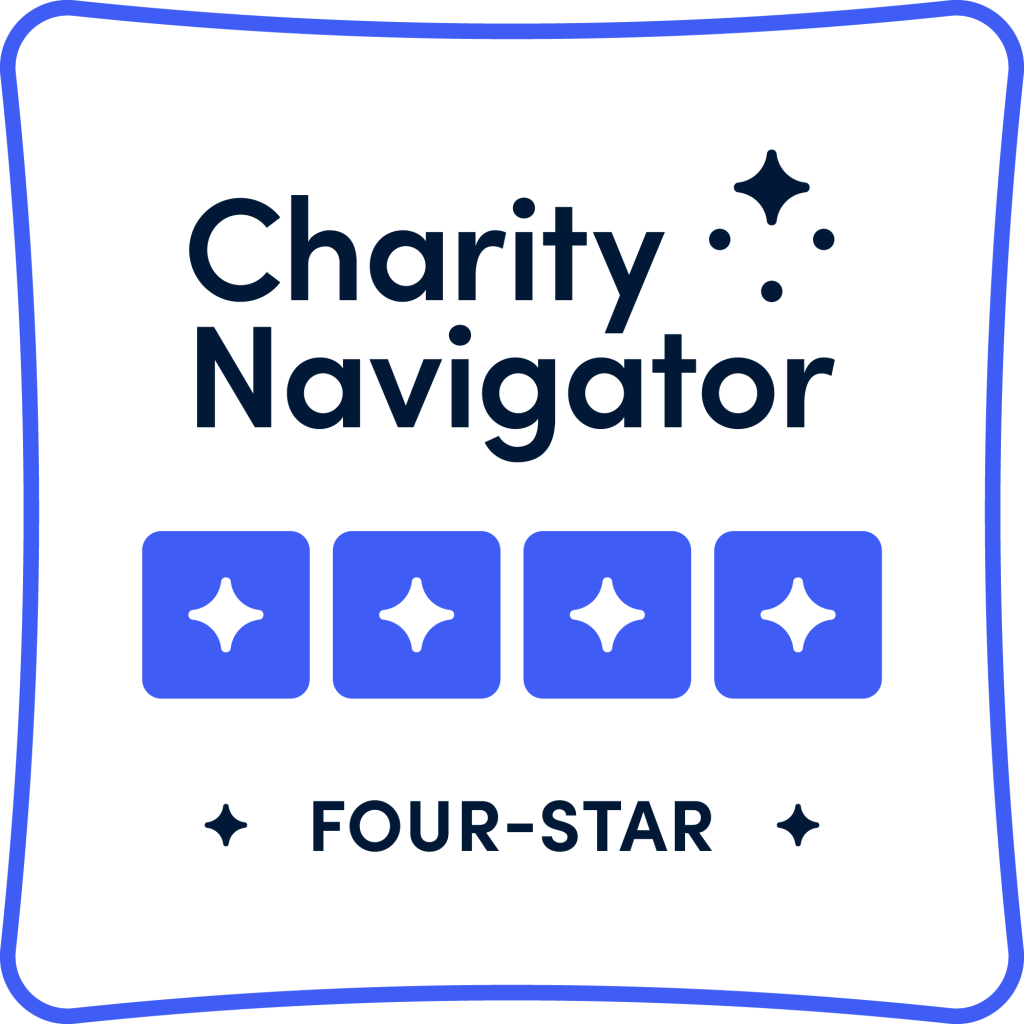Ovarian cancer is often called a “silent killer” because the symptoms tend to go unnoticed. They may also be mistaken for other conditions, like endometriosis. There are no reliable effective screening tests that can detect ovarian cancer early. Treatment is more likely to be successful if the disease is diagnosed before it has had a chance to spread.
What is ovarian cancer?
Although it sounds like one disease, there are many types of ovarian cancer. The ovaries are the female reproductive organs that produce eggs. Ovarian cancer occurs when abnormal cells in the ovaries grow out of control and divide into new abnormal cells.
Learn more about ovarian cancer, including potential causes and prognosis.
Who is at risk?
Although the exact cause of ovarian cancer is unknown, anyone with ovaries is at risk. Some people have a higher risk than others. Some factors that can increase your risk include:
- Family history of hereditary cancers like ovarian, breast and colorectal
- Inherited or acquired genetic mutations
- Childbirth later in life or never having a full-term pregnancy
There are also certain factors that can lower your risk of ovarian cancer. These include:
- Use of birth control
- Childbirth and breastfeeding
- Hysterectomy or tubal ligation
Learn more about the risk factors for ovarian cancer and how to reduce your risk.
Useful Resource - Questions to Ask Your Doctor About Ovarian Cancer Risk
These questions may help you understand ovarian cancer risk, the factors that may affect your risk, and what to do if you find out you are at higher risk for ovarian cancer.
What are the signs and symptoms of ovarian cancer?
The signs and symptoms of ovarian cancer are easy to miss or ignore. Only 1 in 5 (20%) cases of ovarian cancer are detected early.
Common signs and symptoms of ovarian cancer include:
- Bloating
- Pelvic or abdominal pain
- Trouble eating or feeling full quickly
- Feeling the need to urinate more often
Ovarian cancer can often be misdiagnosed because the symptoms can be caused by other diseases. That’s why it’s important to listen to your body and talk to your doctor if something doesn’t feel right.
Useful Resource - Ovarian Cancer Signs & Symptoms Flyer
Download our resource to learn more about the signs & symptoms of ovarian cancer.
What are the types and stages of ovarian cancer?
There are three main types of ovarian cancer and four different stages. Each of the four stages can be broken down into substages.
The three main types of ovarian cancer are:
- Epithelial ovarian cancers
- Germ ovarian cancers
- Stromal cell ovarian cancers
The four stages of ovarian cancer are:
- Stage 1: Cancer is in one or both ovaries.
- Stage 2: Cancer has spread to the fallopian tubes or other organs in the pelvis.
- Stage 3: Cancer has spread to the lymph nodes; to other places in the abdomen such as the lining or peritoneum; or to the outer surface of the spleen or liver.
- Stage 4: Cancer has spread to lymph nodes outside the abdomen or to inside the lungs, spleen, liver, or brain.
Learn about the different types of ovarian cancer and how the stage is determined.
What are the treatment options for ovarian cancer?
More treatment options are becoming available for ovarian cancer as science progresses. Treatment usually involves a combination of surgery, chemotherapy, and targeted therapy. In some cases, doctors may use radiation to kill cancer cells.
Learn about these and other treatment options and how to manage possible side effects.
How is ovarian cancer diagnosed?
Currently, there is no early detection test or screening tool for ovarian cancer. Surgery is the only way to get a clear diagnosis. If your doctor has concerns or your symptoms point to ovarian cancer, there are certain tests that can be used to diagnose it.
What programs and resources are available for ovarian cancer?
Getting an ovarian cancer diagnosis can be overwhelming. But you are not in this alone. The National Ovarian Cancer Coalition (NOCC) offers comprehensive services and programs to support those who have been diagnosed with ovarian cancer. Find resources to help guide and support you navigate the disease.
What research is being conducted?
Scientists all over the world are getting better at understanding how to prevent and treat this illness. For the past 50 years, they have been working hard to learn more and make important improvements in how long patients live, a patient’s quality of life, and a patient’s response to treatment (how well it works).
Ovarian cancer statistics
Ovarian cancer rates have been declining over the past 20 years, but much work is still to be done to stop this deadly disease.
According to statistics from the American Cancer Society:
- In 2024, an estimated 19,680 cases of ovarian cancer will be diagnosed.
- In 2024, an estimated 12,740 deaths will occur due to ovarian cancer.
- The lifetime risk of getting ovarian cancer is about 1 in 87.
- Ovarian cancer is the 2nd most common gynecologic cancer in the United States.
- Ovarian cancer is the deadliest of all gynecologic cancers.
- Ovarian cancer is one of the leading causes of cancer deaths among women.
- From 2015 to 2019, incidence rates declined by almost 3%.
- From 2004 through 2021, the death rate declined by 2.4% per year, reflecting both decreased incidence and improved treatment.
About Ovarian Cancer
Medically reviewed and updated | July, 2023
Topics
Find Your Local Ovarian Cancer Community
Discover a supportive local ovarian cancer community near you through the National Ovarian Cancer Coalition, connecting survivors, caregivers, and advocates in the fight against this disease. Join a network of strength, compassion, and understanding to make a difference together.


